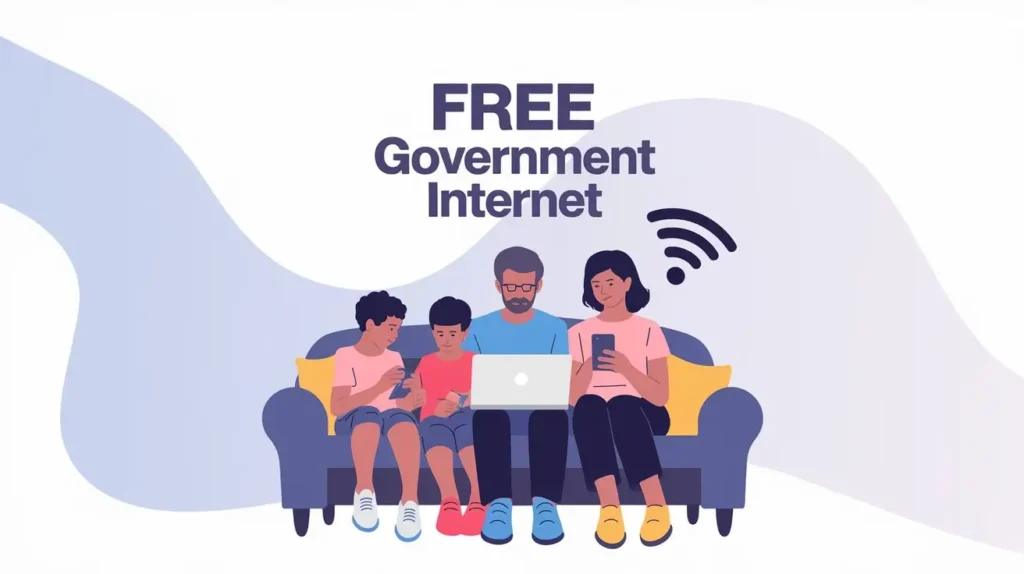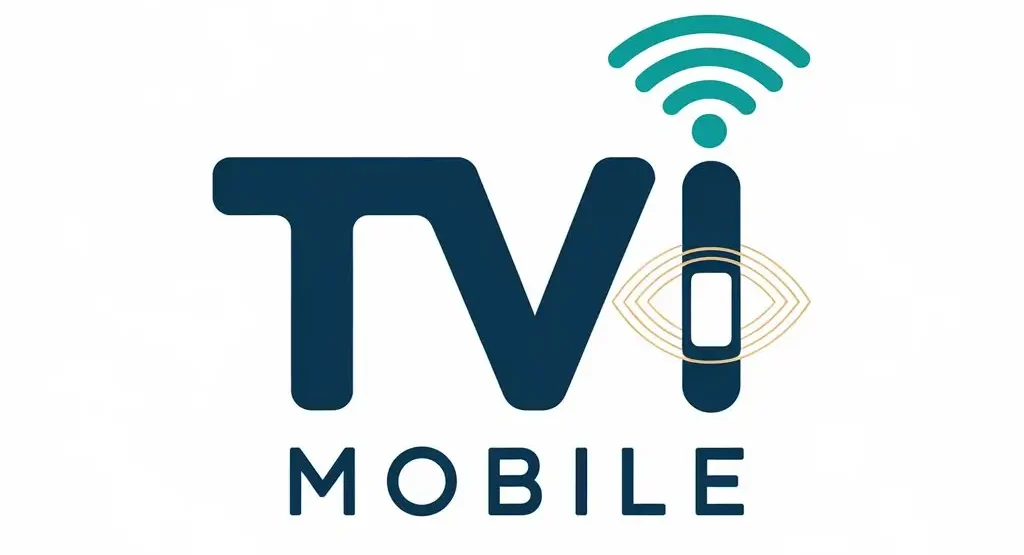Get Free Internet Services Through Government Programs
In today’s world, access to the Internet is crucial for education, work, and communication. Unfortunately, many low-income households struggle to afford high-speed Internet. To bridge this gap, the U.S. government and various nonprofit organizations offer programs that provide free or low-cost internet services to eligible individuals and families. This guide covers the eligibility criteria, required documents, application process, available programs, and frequently asked questions to help you access free internet services.

Eligibility Criteria for Free Internet Services
You must meet specific eligibility criteria to qualify for free or discounted internet services. These are usually based on income or participation in government assistance programs.
Income-Based Eligibility:
- Households with incomes at or below 135%–200% of the Federal Poverty Guidelines may qualify for free or subsidized internet services.
Program-Based Eligibility:
Eligibility is also based on participation in federal assistance programs, including:
- SNAP (Supplemental Nutrition Assistance Program)
- Medicaid
- SSI (Supplemental Security Income)
- Free/Reduced-Price School Lunch Program
- Tribal programs (for households on tribal lands)
Documents Required for Free Internet Programs
To apply for free internet services, you will need to provide the following documents:
- Proof of income, such as recent pay stubs, tax returns, or a benefits award letter.
- Proof of participation in government assistance programs (e.g., SNAP, Medicaid, SSI)
- A school enrollment letter or student ID (required for student-focused internet programs)
- Proof of identity (e.g., government-issued ID)
- Proof of address (e.g., utility bills, lease agreement)
Application Process for Free Internet Services
The application process for free internet services is simple. Follow these steps:
Government Programs Application Process
- Check eligibility for programs that provide free or discounted internet services.
- Gather the required documents (proof of income, participation in government programs).
- Submit your application online through the program’s official website or via mail, following the provided guidelines.
- Await confirmation of eligibility, which may take a few weeks depending on the program.
- Start using the internet service.
Available Programs for Free Internet Services
Here is a list of the key government and non-profit programs offering free or discounted internet services:
Government Programs
Program Name Eligibility Discount/Free Service
Affordable Connectivity Program Income-based, participation in government programs like SNAP, Medicaid Provides up to a $30/month discount on broadband services for eligible low-income households.
Lifeline Program Income-based, participation in SNAP, Medicaid, and Tribal Programs Up to $9.25/month discount (higher for Tribal areas)
Emergency Broadband Benefit Income-based, participation in government programs Offers a limited-time broadband discount for eligible families affected by financial hardship.
Rural Digital Opportunity Fund Rural areas with limited broadband access Subsidies for rural broadband providers
Non-Profit Programs
Program Name Eligibility Discount/Free Service
EveryoneOn Income-based, participation in government assistance programs Access to discounted internet plans and devices
Internet Essentials Families with children in the National School Lunch Program $9.95/month internet service
T-Mobile Project 10 million Families with K-12 students eligible for free/reduced-price lunch, Free hotspot, and discounted internet plan
T-vi Mobile Discount/Free Service: Free smartphones, tablets, and affordable internet plans with unlimited talk, text, and data.
Frequently Asked Questions
Conclusion
Access to affordable or free Internet is crucial for navigating today’s world, especially for low-income families. The government programs and non-profit initiatives listed here are dedicated to helping those in need gain access to essential internet services. By understanding the eligibility criteria, documents required, and the application process, you can apply for these programs and stay connected.
